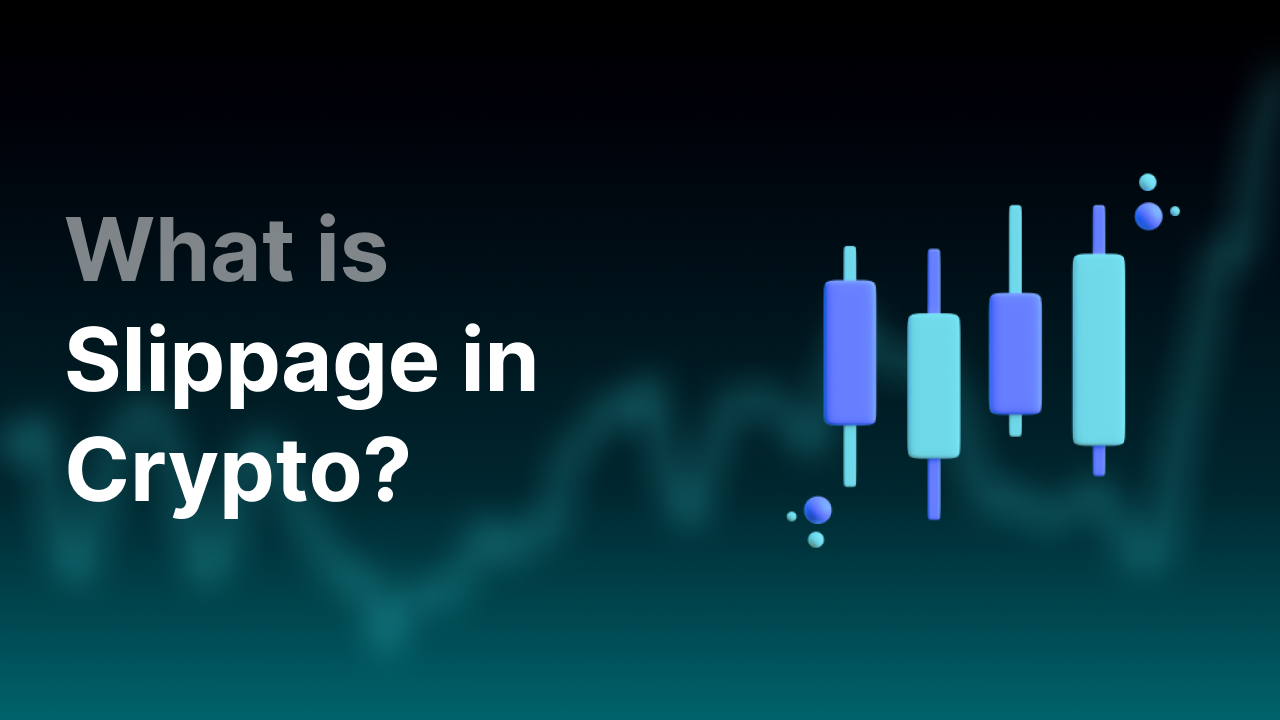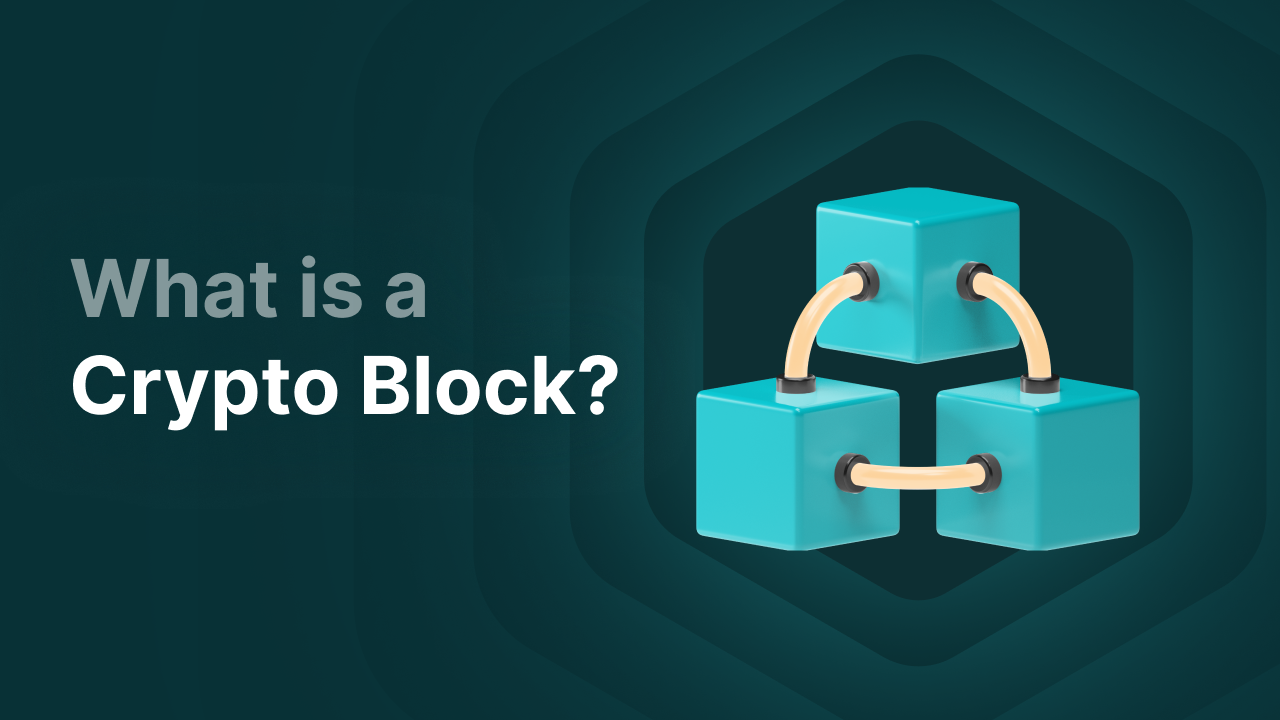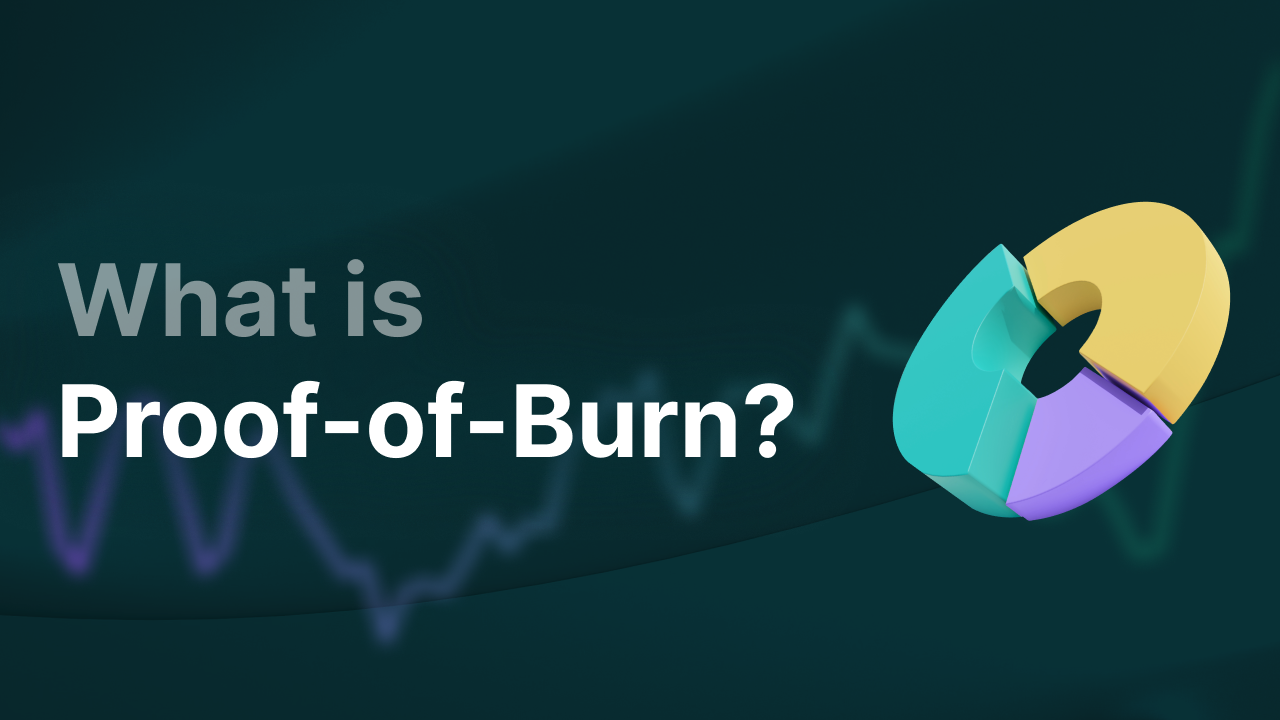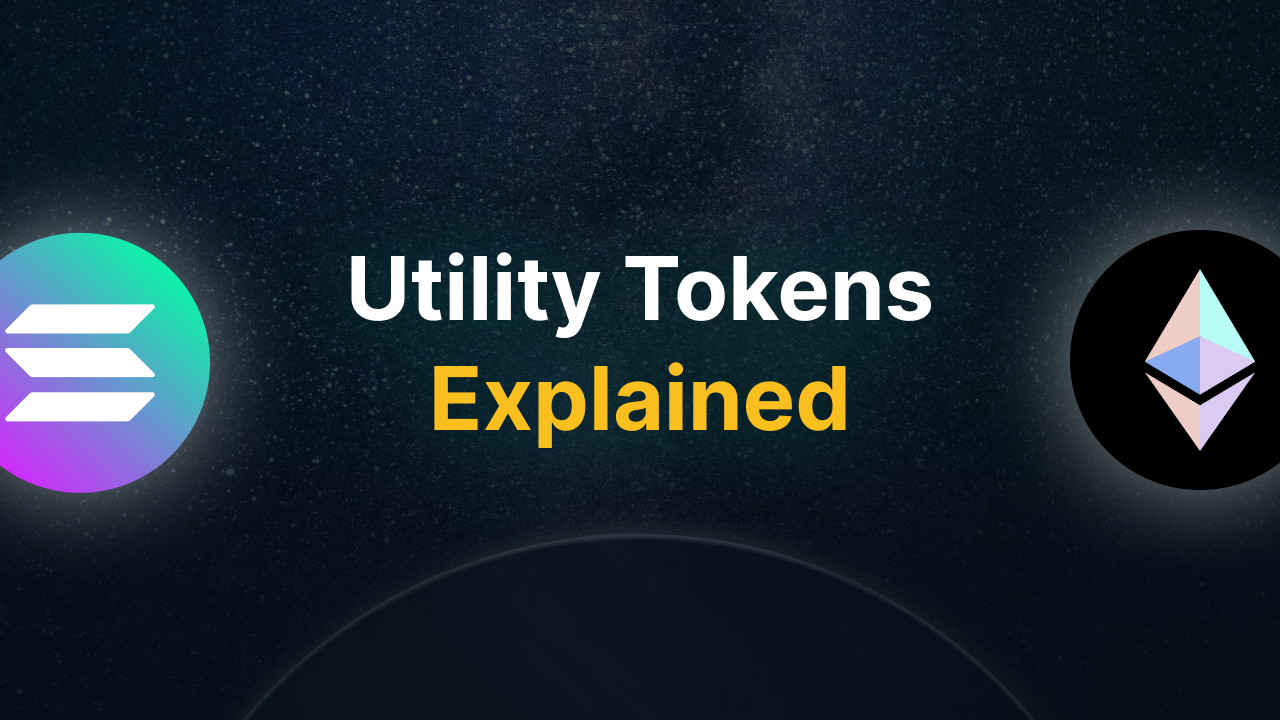What Are Decentralized Applications (DApps)?
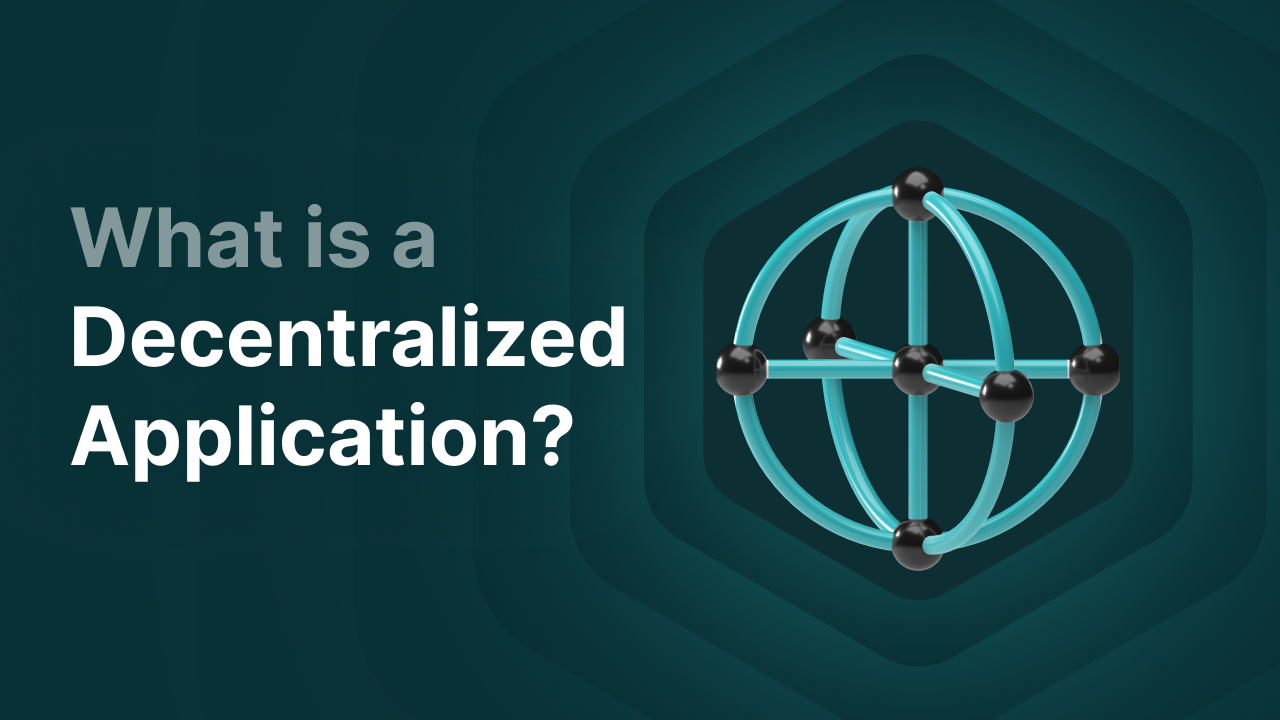
What is a dApp?
A dApp (decentralized application) is an application that runs on a blockchain or distributed network. This means the program isn’t hosted on a central server, but is maintained by a network of computers on the blockchain (nodes). So there’s no owner—no one has full control over the app.
A dApp can serve many purposes, but is mostly used for DeFi applications, NFTs, games, and investment platforms running on a specific blockchain.
Key Takeaways
- dApps are decentralized applications running on blockchains with smart contracts.
They work without a central party, giving users more control and privacy. - Examples of dApps include DeFi, NFTs, games, and investment platforms.
They usually run on blockchains like Ethereum, Solana, or Binance Smart Chain. - Benefits include transparency, autonomy, and censorship resistance, though there are also downsides like scalability and user-friendliness.
- The technology behind dApps is evolving quickly and could play a major role in industries like finance, gaming, and healthcare.
What is decentralization?
Before diving deeper, it’s good to understand what decentralization actually means. In a centralized system, decisions, data, and control are typically handled by one party.
Example of Centralization:
Think of a company like Apple. Decisions about the design of new iPhones are made by a small group of people inside the company. In the end, the final call often comes from the CEO or someone at the top. In this case, Apple is the central entity: they decide what happens—not the users or customers.
In a decentralized system (where power and decisions are distributed across independent participants), the opposite is true. Users have more influence, and no single party controls everything. In crypto, this happens by letting independent actors (nodes) run the network. There’s no one person or node that calls all the shots. Protocol changes only go through if a majority of nodes agree. If the majority rejects a change, it simply won’t happen.
Example of Decentralization:
Imagine Apple blocks your personal account for no good reason. Sure, you could file a complaint—but if that doesn’t work, you’re out of options. Apple has all the power. In a decentralized app, that power is spread out across thousands of computers (nodes). So no single party could block your account—unless the majority agrees. Decentralized apps are built so that the majority always decides.
Thanks to blockchain technology, it’s now possible to reduce central authority and full control. You can build entire financial products without giving too much power to one party. Every node in the network stores an identical copy of all data, and transactions are validated collectively. This creates a system with no single point of failure—key to how dApps work.
How do dApps work?
All dApps operate using smart contracts. These are digital, programmable contracts that automatically execute once specific conditions are met.
Example:
Let’s say you want to sell Ethereum and buy Solana through a dApp. Once you send your Ethereum to the smart contract, the system checks if the right amount was received. If yes, it automatically sends back the agreed amount of Solana to your wallet. No middleman involved—everything happens securely, transparently, and directly on the blockchain.
Nodes in the network check whether the conditions have been met, and if so, they carry out the action automatically. Since the dApp’s logic and data are distributed across the network, the app often remains live—even if the original developers stop maintaining it.
On which blockchains do dApps run?
Not every blockchain is fit for dApps. To run one, the blockchain must support smart contracts. Without smart contracts, there’s no real way to add functionality to a dApp.
The best-known blockchain for dApps is Ethereum (ETH). It was one of the first, and many dApps are built on it. Other layer-2 solutions can use the Ethereum Virtual Machine (EVM) to tap into the same features. But Ethereum also has drawbacks, like high transaction fees and slower processing times when traffic is heavy. That’s why newer, faster, and cheaper alternatives have popped up in recent years.
Want to buy crypto with blockchains that support smart contracts? These are popular:
Each of these blockchains has its pros and cons. Some are lightning-fast, others focus on sustainability or security. If you want to build (or use) a dApp, the chain it runs on really matters.
Benefits of dApps
dApps offer several advantages:
- Transparency: All actions and transactions are stored on a public blockchain—anyone can check them.
- Autonomy: Users keep full control over their data and assets—no need to rely on third parties. You’re in charge.
- Censorship resistance: Since dApps run on distributed networks, they’re hard to block or shut down. No central party can stop you.
- Innovation: Many dApps are open-source, so developers can copy, improve, and build on each other’s work.
- User rewards: Some dApps reward users for contributing to the network.
Drawbacks and challenges of dApps
Of course, decentralized apps also have downsides:
- Scalability: If the blockchain hosting the dApp has high fees or slow speeds, the app will suffer too.
- User experience: dApps can be technically tricky—especially when using wallets or paying gas fees. There’s a learning curve.
- Security risks: While blockchains are secure, bugs in smart contracts can create vulnerabilities. dApps aren’t completely hack-proof.
- Limited adoption: Many dApps are still experimental. The market is young, and things can go wrong.
Future of dApps
The tech behind dApps is evolving fast. With new scaling solutions like layer-2 networks (e.g., Arbitrum, Optimism, Sonic), smoother interfaces, and cross-chain interoperability, the barrier to adoption keeps dropping. Big industries like finance, healthcare, gaming, and even governments are showing growing interest in dApps. The future is unclear, but smart contracts might play a major role in it.
Final thoughts
dApps might be fairly new, but they’re already showing us what the future of the internet could look like: open, fair, and free from middlemen. Instead of one party calling the shots, everything runs on smart contracts and a network of computers that make decisions together. Whether you’re trading crypto, buying an NFT, or playing a blockchain game—it’s all possible with dApps.
Sure, the system isn’t perfect yet. Some decentralized apps still need better usability and scalability. But more and more people and companies are getting on board. Who knows—maybe you’ll be using dApps every day in a few years, without even realizing it.
